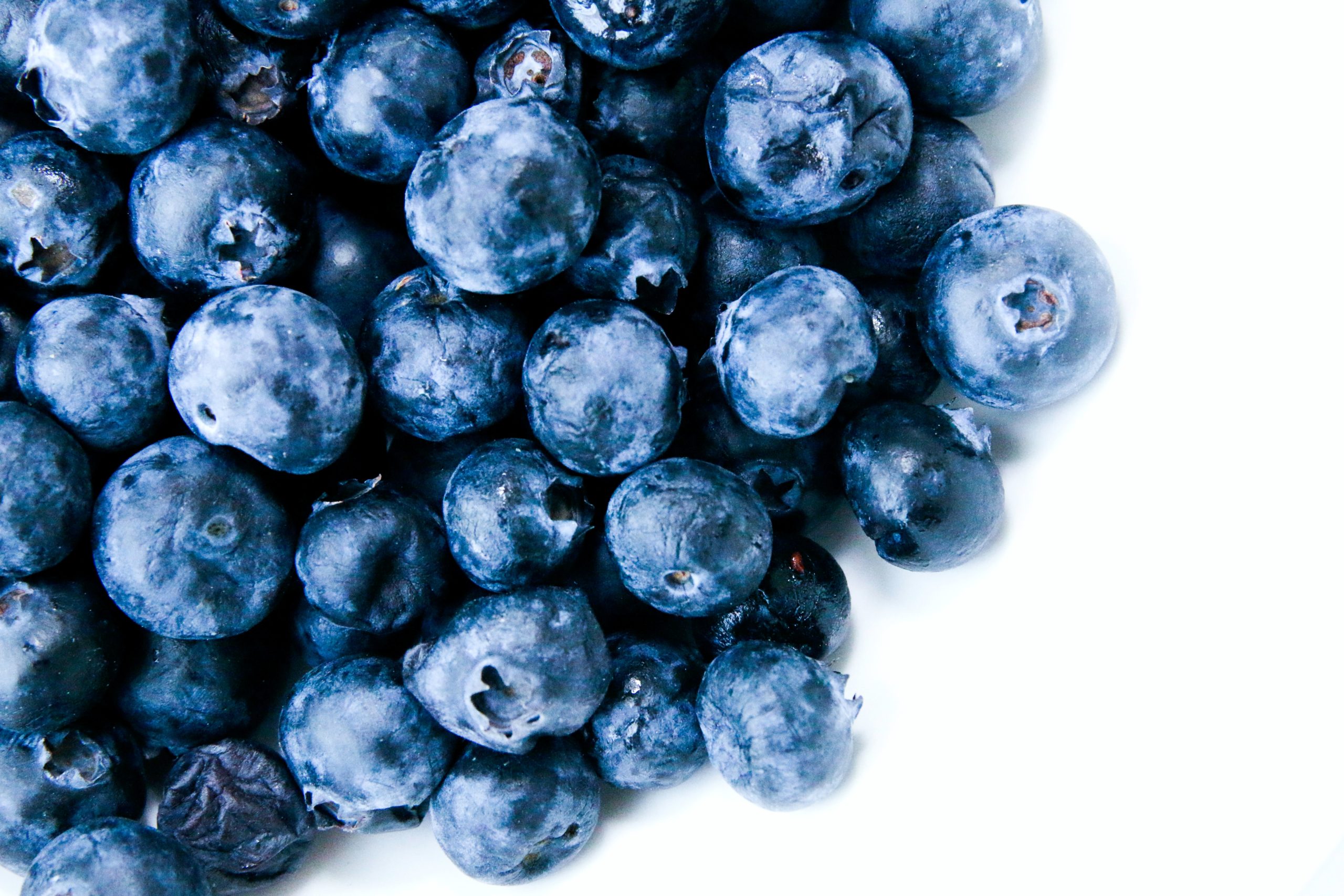Consuming a colorful diet rich in fruits, vegetables, and other plant foods provides much more than just the essential vitamins and minerals; it also imparts a variety of health-promoting phytonutrients such as polyphenols. There are more than 8,000 known polyphenols that play a role in protecting plants and providing their color. Many of the properties of these phytonutrients protecting the health of the plant likewise also support human health. Therefore, consuming a variety of colorful foods helps to ensure the wellness benefits of a variety of phytonutrients and polyphenols.
Polyphenols, Flavonoids, and Health
The most abundant of the polyphenols are flavonoids. Although flavonoids are known for their antioxidant and anti-inflammatory properties, many studies have found additional health benefits of flavonoids and other polyphenols. These benefits include supporting the immune system, maintaining a healthy microbiome, supporting healthy aging, and potentially reducing the risk of cancer, heart disease with mortality, diabetes, Alzheimer’s disease, and other chronic diseases.
Flavonoids also include several smaller categories of phytonutrients, including isoflavones, anthocyanins, proanthocyanins, flavanones, flavone, and flavanols. Many studies look at dietary intake in broader categories, such as fruits and vegetables, polyphenols, or even flavonoids. Some studies also focus on individual polyphenols such as flavanols, resveratrol, and quercetin. Findings have demonstrated benefits for heart health and blood pressure by consuming higher amounts of flavanols, which are most common in cocoa, grapes, berries, apples, teas, fava beans, and red wine.
Flavanols and Blood Pressure
A recent study looked closer at the connection between flavanols and blood pressure, specifically looking at flavan-3-ol. In this study, rather than relying on dietary intake questionnaires known for their flawed data, the researchers used nutritional biomarkers to determine flavanol intake. Using metabolites in the urine as surrogate biomarkers, the researchers categorized over 24,000 participants into quintiles based on their estimated dietary intake of flavanols. They found an inverse association, with the difference between the lowest quintile and the highest quintile at approximately 2 mmHg for systolic blood pressure and 1 mmHg for diastolic blood pressure.
In a systematic review and meta-analysis, these findings are supported by the authors in their assessment of randomized controlled trials using flavanol-rich cocoa products. It was found that consumption of flavanol-rich cocoa resulted in a mean blood pressure reduction of 4.5 mmHg for systolic blood pressure and 2.5 mm Hg for diastolic blood pressure, despite the variety of treatment doses and lengths in the trials that were included in the analysis.
These health benefits, along with other benefits, may be why certain plant-based eating patterns, such as the Mediterranean diet, are associated with healthier outcomes including reduced blood pressure and improved markers of cardiovascular disease. Following an eating pattern that incorporates high levels of flavanols and other polyphenols may at times be difficult. For some, flavanol and other polyphenol supplements such as quercetin, resveratrol, epigallocatechin gallate (EGCG), grape seed extracts, and others supplements may help overcome any gaps in dietary intake to promote health.






